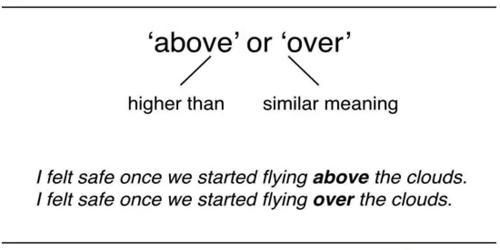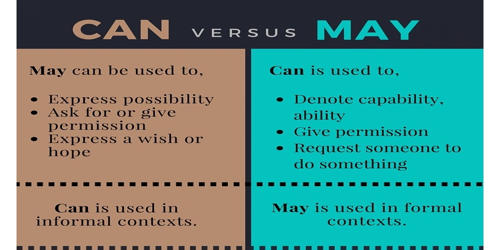When we use ‘above’ as a preposition, it means ‘higher than’. Its meaning is close to that of the preposition over. The words ‘above’ and ‘over’ are both prepositions and adverbs which are used to describe the position of any person or object and also when we discuss measurements, i.e. a level which is higher than another level on a scale. Both above and over is used to indicate the location of something which is at a higher position, however, ‘over’ expresses the location in a precise manner, in the sense that it indicates movement of the object from one side to another. When something is above something else, i.e. the first thing is directly perpendicular to the latter, then we use over to indicate the position.
Example: The eagle flew above the trees. The eagle flew over the trees.
In the first sentence, you are describing how high the eagle was flying. Where was it flying? Above the trees. In the second, you’re describing where the eagle went. Where did it go? Over the trees. Not much distinction and nobody would question which you used, for either. Both basically mean “higher than” but it is often unclear for learners of English what the difference between above and over is.
Difference between Above and Over
ABOVE
- Meaning Above represents something at a place higher than another person or object.
- When something is in extended space at a distance to an object, we say that the former is above the latter.
- The adverb and preposition ‘above’ is used when something is at a higher position than something else. It is used when something is overhead.
- However, that is not directly perpendicular to the object which is lower. Hence when something is not directly over another, use above.
- We use above when there is no contact between the object we are talking about, i.e. there is some space between the two.
- Above is used when there is no contact between the two objects referred to in the sentence.
OVER
- Over represents something that is directed upwards another person or object.
- Over is used when something is over someone/something else or moving over it, then the former is in a direct vertical line over the latter.
- The word ‘over’ can be used as a preposition and adverb, to talk about something that is at a higher level, as compared to something else
- This means that when something is at a higher place covering any person or object and is directly perpendicular, we use the word over, i.e. it extends outrightly upwards from the person or the object.
- We can use ‘over’ irrespective of the space between the two objects, provided that the upper object covers the lower one.
- Over is used when there is contact between the two objects referred to in the sentence.
















